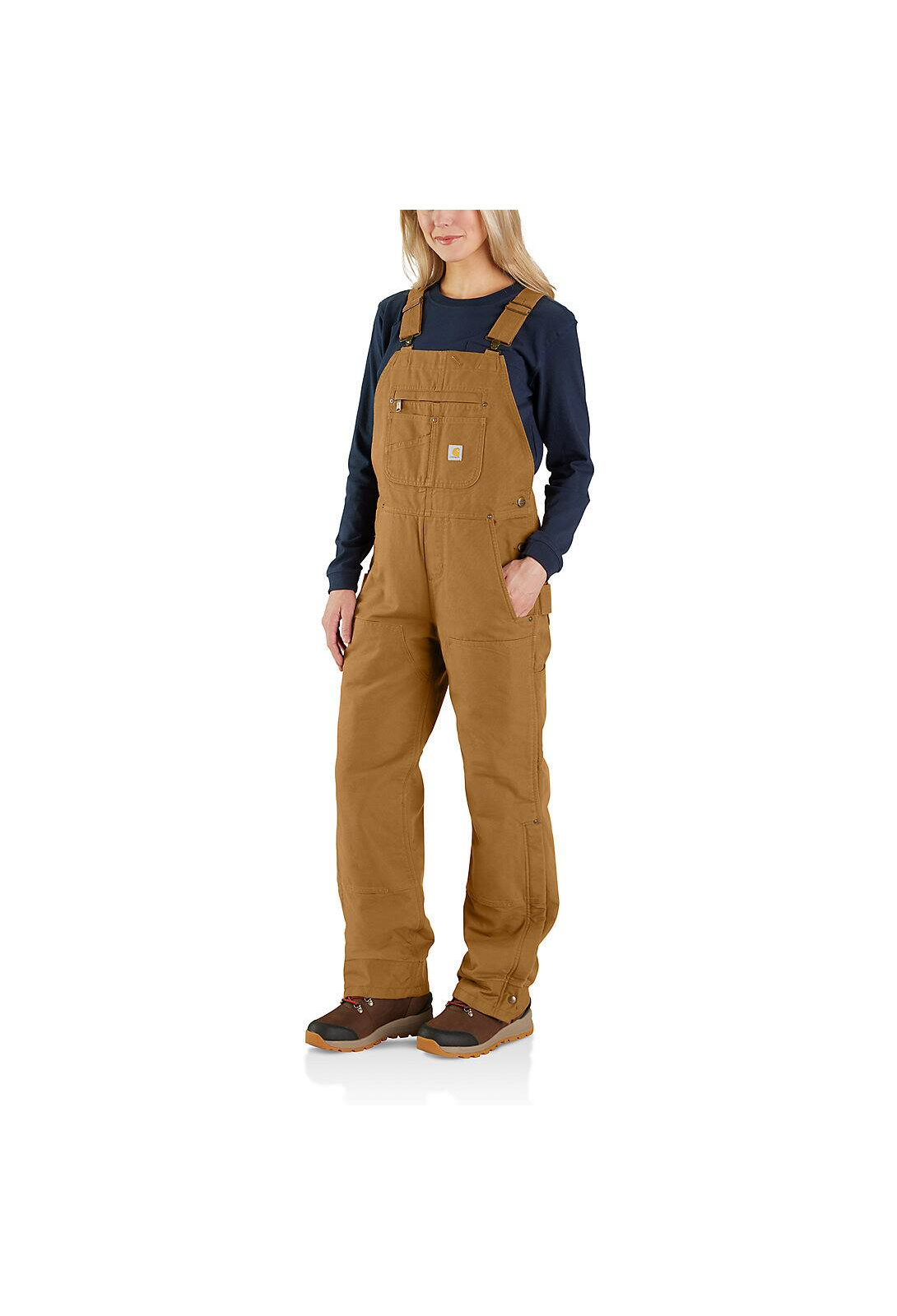Why are urban, professional women buying construction worker overalls?

This week I read this really interesting style piece on WSJ: https://www.wsj.com/style/fashion/high-fashion-or-hunting-gear-why-chic-city-women-are-shopping-at-traditional-sporting-stores-ca4de233?mod=style_feat2_fashion_pos4 The article states that there is a rise in interest in brands that have traditionally been considered entirely functional, and even overtly ugly. Brands like Ariat and Barbour have been taken up by the fashion set for quite some time (I own Ariats and was *this close* to getting my husband to buy himself waxed Barbour jacket). Extending this trend, I've noticed an uptick in my friends showing up to parties in Carhartt jackets. What's going on? From a marketing perspective, it appears that traditionally functional brands are identifying new segments to target. We can see this in a range of products. The ubiquitous Stanley cup once belonged to a brand that made twist-top thermoses that my dad swears by. Today, I can't find the Stanley in the light pink ...

